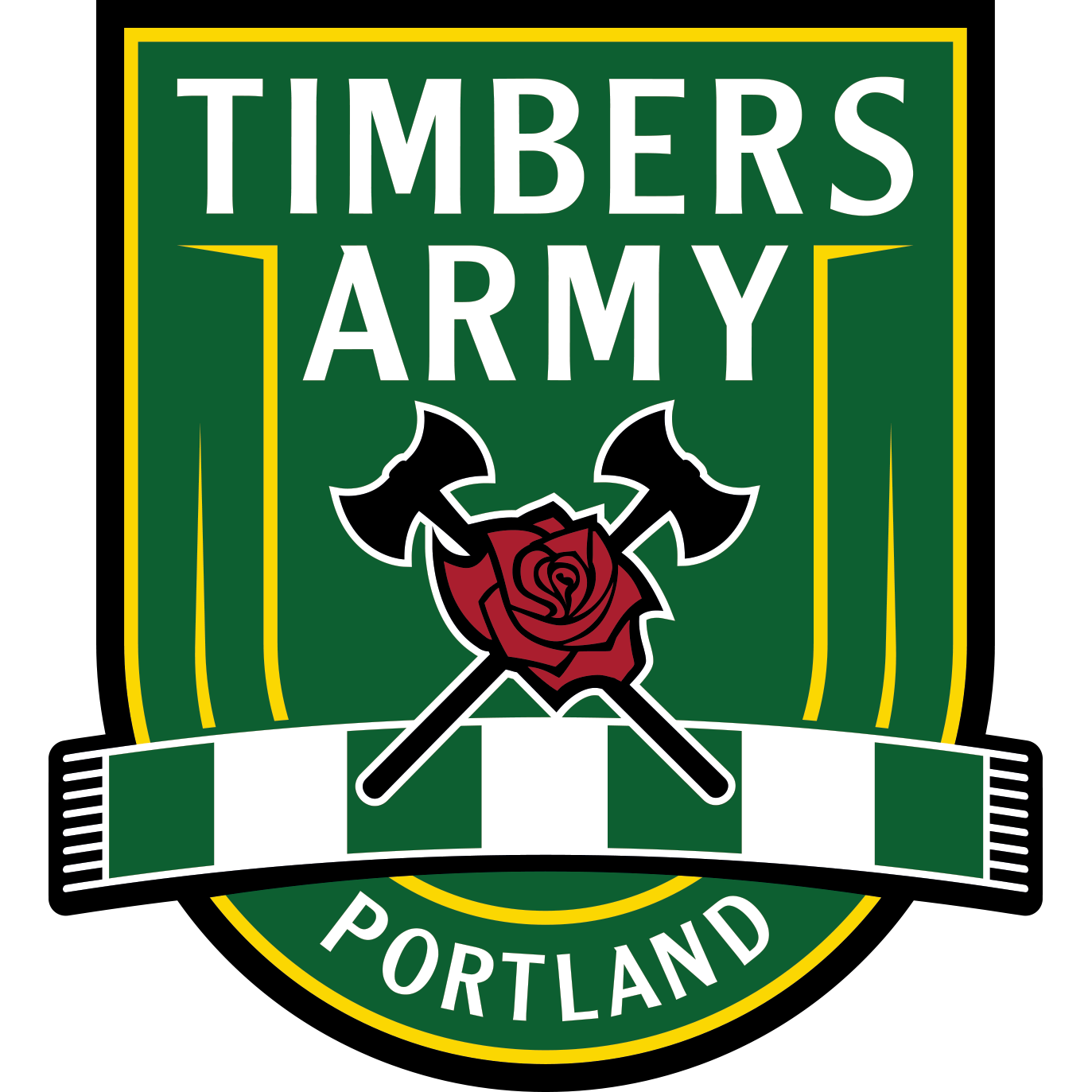—by Chris Rifer
Coming out of 2012, the Timbers midfield was one area of the field that seemed at least competently put together heading into 2013. Diego Chara had a second solid season, and Darlington Nagbe, Franck Songo’o, Eric Alexander, and Sal Zizzo had all shown flashes of being at least legitimate MLS contributors, perhaps on the brink of breaking out. There wouldn’t have been much dissent if changes were made elsewhere, but the midfield stayed largely intact. It was a midfield full of competence and potential, if maybe not excellence.
Nonetheless, Caleb Porter targeted the midfield as his top offseason priority and, in the course of just a few months, gave the unit a complete makeover. The early returns are tremendous.
Out are Songo’o and Alexander; in are Valeri, Zemanski, and Will Johnson; and completely reshaped is the unit’s playing philosophy.
Caleb Porter’s reputation – earned or not – as a 4-3-3 coach has been upheld in name only in Portland. Early indications from training were that Porter preferred a diamond 4-4-2, with Chara and Johnson playing as narrow wings, Jack Jewsbury at the back, and Diego Valeri at the point.
That plan lasted all of five minutes into the preseason opener against Colorado, when Jewsbury suffered what is believed to be a fairly serious hamstring pull that will likely keep him out for several more weeks.
Since, Porter has preferred a functional 4-2-3-1,[1] with Johnson and Chara sitting behind two (theoretically) wider midfielders and Valeri. This has provided an opening for Darlington Nagbe and, at least against San Jose, Kalif Alhassan to step back into the starting midfield.
The beginning of the end of the 4-2-3-1 experiment, however, may have been the acquisition of defensive midfielder Ben Zemanski. While Zemanski spent most of his days at Chivas on the right side of the midfield or defense, early indications are that Porter sees him as more of a defensive central midfielder, potentially taking Jewsbury’s hamstrung place at the back of a diamond.
The problem with the Timbers’ 4-2-3-1, especially playing as high pressure as they do, is that all of the Timbers’ logical choices for wide players in the higher midfield level like to float inside. This isn’t anathema in Porter’s centrally based system, but causes problems because it relies on the fullbacks to both be the only real line of flank defense and provide width for the attack – two often mutually exclusive objectives.
Don’t be surprised on Saturday if the Timbers roll out a four-man midfield of Chara, Zemanski, Valeri, and Will Johnson. Moving to a diamond 4-4-2 will allow Chara and Johnson to still play relatively centrally, but wide enough to provide cover when either Tetris Harrington or Ryan Miller get forward to add width to the final third.
The 4-4-2 base formation also opens the options box for late substitutions. Kalif Alhassan right now looks to be the first attacking midfield option off the bench, as Porter went out of his way in the San Jose postgame presser to praise Kalif’s preseason work despite his culpability on a pair of concessions. The logical move if the Timbers are stretching for a late goal would be to lift Zemanski for Alhassan, move Johnson and Chara back a little bit and shift into the 4-2-3-1 look that flummoxed the Quakes’ defense for extended stretches of the first half on Sunday. Defensively, this set up allows either Jack Jewsbury or Ben Zemanski – whichever isn’t already on – to come on and move the Timbers into a more defensive looking 4-5-1 to put a late lead on ice.
Simply put, the 4-4-2 maximizes the Timbers’ options while providing ad additional bit of cover for a defense that was torched against San Jose. Whichever formation Porter ultimately goes with, however, it’s clear his philosophy is to play high and central. So far, this has led to a much more aesthetically pleasing attack than the direct style of the Spencer Era.
Look for Valeri and Darlington Nagbe – assuming he slots in a second striker – to be fluid in how high they play. Considering Nagbe’s penchant for picking the ball up deeper in the midfield and making vertical runs, and Valeri’s nose for making the final pass, don’t be surprised to see Valeri frequently float higher than Nagbe.
If Valeri ends up being the dominant force he appears to be capable of being, this dynamic will cause problems for teams that try to man-mark the Argentine.[2] By moving him between a couple levels of the attack, Portland can create inconsistency in aggressive opponents’ defensive shape, and cause goal-inducing confusion. If teams try to defend straight up, well, San Jose can testify to the dangers involved.
What Porter has created, then, is an opponents’ defensive nightmare. He has a midfield stocked with talent, that defends aggressively, and is fluid formationally with attractive options off the bench.
Simply put, if the early indications hold true, the midfield makeover is Caleb Porter’s first major success in Portland.
Defensive Central Midfield Depth Chart
- Ben Zemanski
- Jack Jewsbury
- Rodney Wallace
- Mobi Fehr
Left Midfield Depth Chart
- Will Johnson
- Michael Nanchoff
- Rodney Wallace
Right Midfield Depth Chart
- Diego Chara
- Kalif Alhassan
- Sal Zizzo[3]
Attacking Central Midfield Depth Chart
- Diego Valeri
- Kalif Alhassan
- Michael Nanchoff
Onward, Rose City!
[1] Pay no mind to the semicolons in the pregame lineup announcement.
[2] Think, Lovel Palmer on Graham Zusi.
[3] With the Timbers needing to shed one more roster player before the season, don’t be surprised if they look to move Zizzo in exchange for allocation money. It’s clear Porter rates Alhassan above Sal at right wing, and the Zizzo experiment at right back went poorly, to put it mildly. While a little bit disappointing for me, it’s probably a good move for him. He’s a good player, and would do well to get into a system that values his pace more than the Timbers’ current set up.


